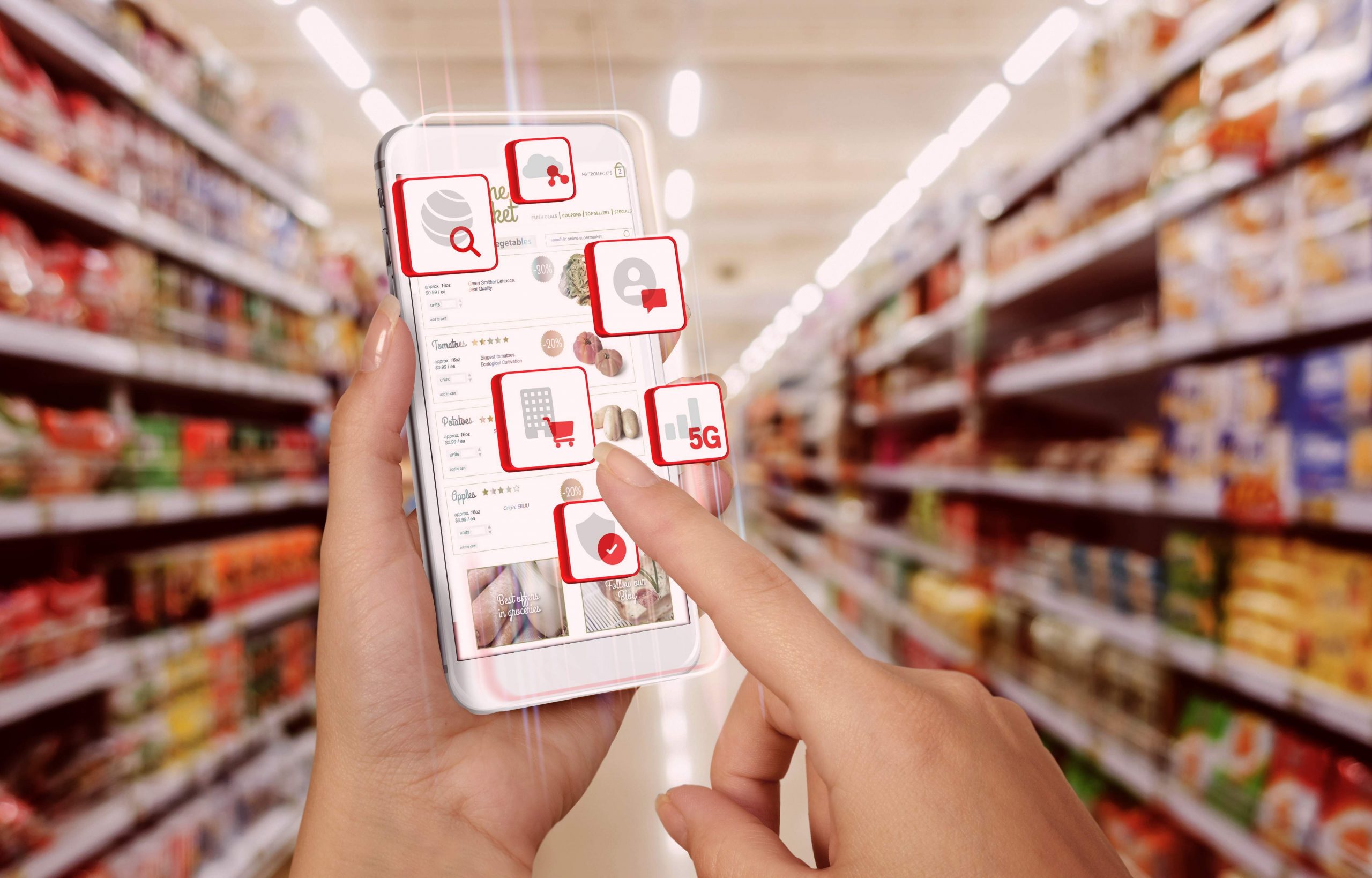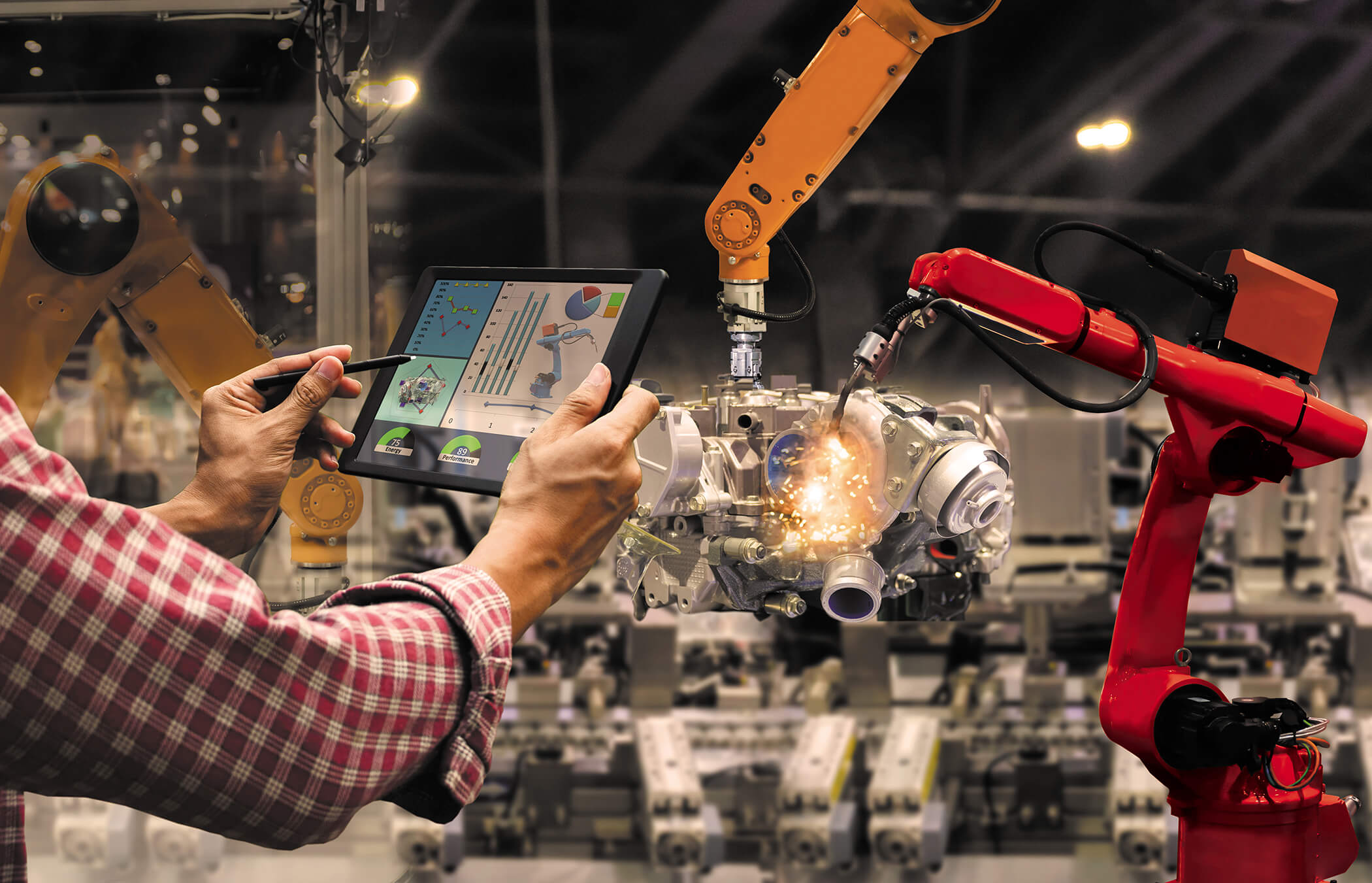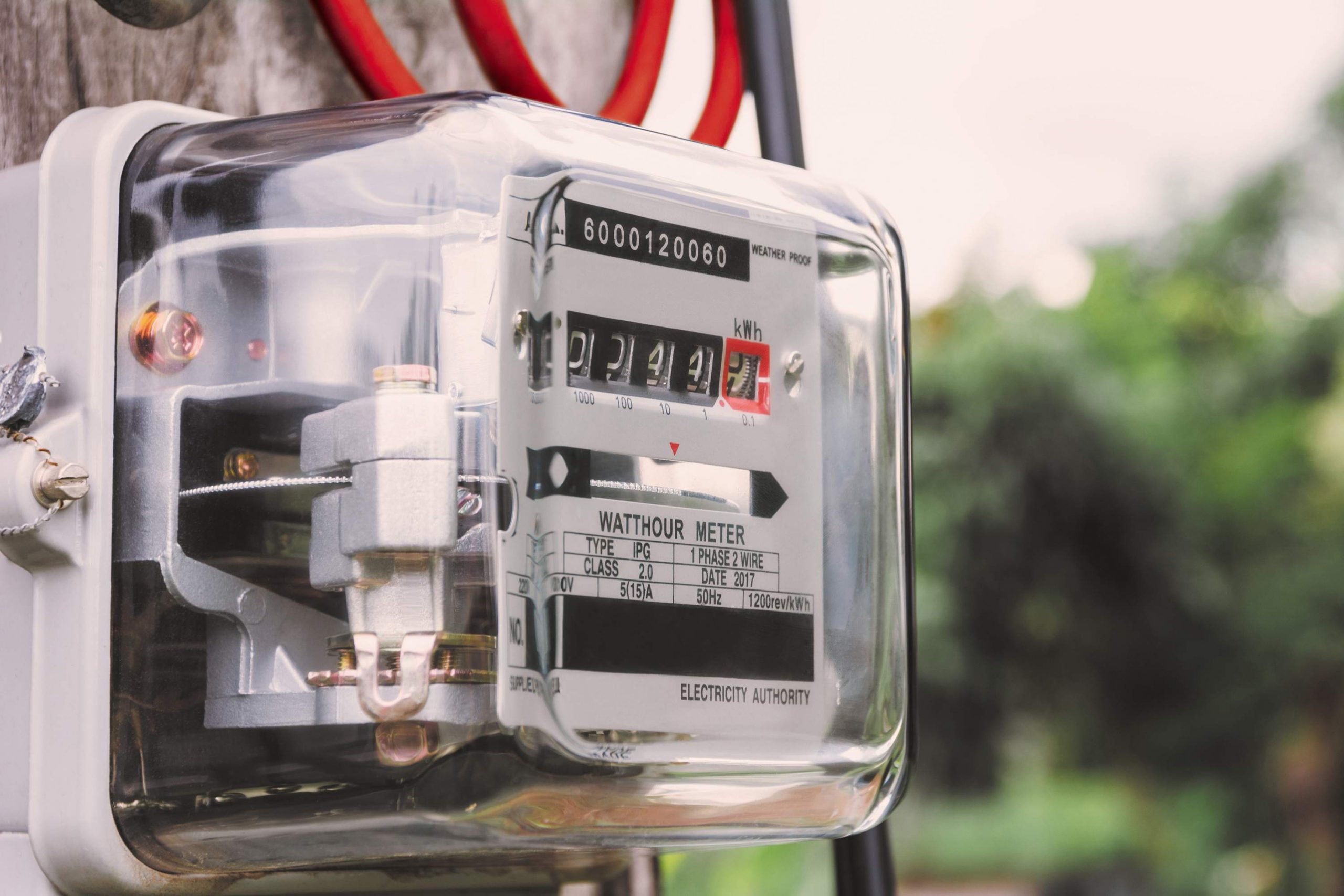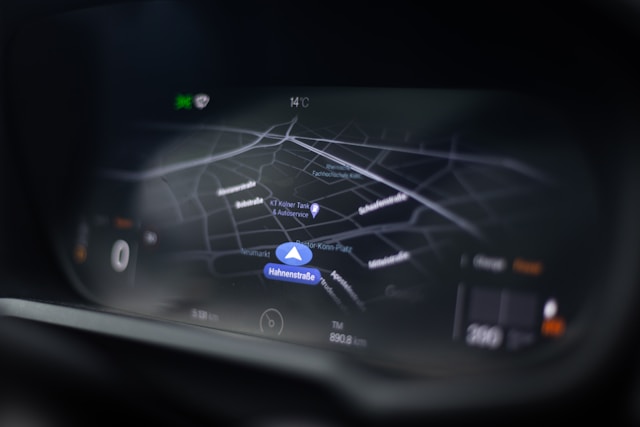How Does 5G Technology Enhance the Internet of Things (IoT)?
-
May 28, 2022
-
5 min read

The first 5G networks are being rolled out around the world today, amid expectations that this advanced mobile technology will play a key role in digital transformation and the economic success of many countries. 5G and IoT are expanding very hastily, as the number of connected devices will vary from 645 million to 3.4 billion by 2024. While numerous factors are contributing to this increase, one of the most important reasons is the evolution of 5G networks. The upcoming launch of 5G communications is good news for the IoT market. It is mainly because 5G networks will go a long way in improving the performance and reliability of these connected devices.
According to reports, 5G will be more than ten times the speed of LTE networks. This speed will maximize the ability of IoT devices to connect and transfer data very fast. For example, when it comes to smart home devices, this increase in speed helps to slow down and improve overall speed when connected devices send and receive data and notifications. Except for smart home devices, almost all IoT devices will benefit rapidly, including those with health care and industrial applications.
5G and IoT Technology
Transmission technology plays an integral part in the Internet of Things (IoT) technology. It automatically makes the new 5G communication technology essential for IoT. 5G is set to make device connections faster, more efficient, and minimize delays.
5G can be classified into three frequency bands: low, medium, and high. Mid-bandwidth delivers faster connectivity than 4G at a nearby distance, allowing enhanced mobile broadband connection or better machine-to-machine communication. Hence, hundreds of IoT devices can use 5G in a small area without burdening the infrastructure. As the data rate of the devices increases, the accuracy of the devices also increases with the help of machine learning; as a result, IoT devices work faster, and their reliability features grow every day.
Improving industrial autonomy through 5G connectivity is one of the most important prospects for IoT devices. The first generation rendering services were followed by the second and third generation that had voice and messaging services, as well as internet access, and later the fourth generation (4G or Long-Term Evolution [LTE]) featured video streaming capabilities.
From 2023, fifth-generation (5G) mobile telecommunications is planned to have a global reach. The power introduced by 5G technology is undeniably exciting, but the adoption is fraught with difficulties and risks.
IoT Challenges in 5G
Some significant challenges of 5G and IoT innovation include:
- Frequency bands/Spectrum availability: 5G networks require frequencies up to 300GHz to deliver speeds, which is 20-times faster than 4G LTE networks.
- Deployment coverage: High frequencies enable more precise radio waves capable of beam-forming. 5G antennas must be present at a short distance to handle large amounts of users and data. Many basic antennas and channels will likely be smaller in the 5G era. Still, cities will need to install additional multipliers to propagate the waves and increase their width while maintaining a constant speed in the densest areas.
- Scarcity in 5G gadgets: Limitations of 5G phones versus non-5G phones in the market is an issue. Scheduling 5G transmission is determined by the availability of 5G devices, which are small in number. In addition, various technical challenges involving multiple bands, often at high and low levels, pose challenges for designing the front space. It can also cause radiation issues due to high power to transmit high-frequency bands, leaving a significant impact on performance at high bandwidth and data levels.
- Radiation: Like all other radio waves, 5G also emits electromagnetic radiation. The concern is that radiation can harm humans and other living things. Moreover, an increase in the number of transmitters or cell towers installed to cover 5G will increase exposure to these radiations, affecting more people than ever before.
- Privacy and security: In a data-driven technology, 5G IoT deployments will withstand both common and complex online security threats. Communication will increase with faster-than-ever data speeds. It will force cloud-based services and data to be as airtight as possible to protect user data and privacy. In the same way, users will need to be careful with their data managers. 5G will not be easy at first, and challenges will begin to emerge as we enter this new age of communication.
However, the benefits still far outweigh the concerns, as the 5G release will also reflect the dawn of autonomous vehicles, smart cities, next-generation homes, and more.
Present industries that will continue to gain advances from these 5G IoT enhancements include industrial intelligence, intelligent buildings, cities, smart resources, security and surveillance, agriculture, retail, and healthcare.
5G IoT Applications
There are various IoT applications in 5G, such as:
- You can park a smart car in a parking garage and get wireless charging using the city grid while working.
- You can remotely summon a car to drive itself from the parking garage to your office door.
- Farmers in rural areas can monitor and track crops, livestock, and machinery more easily through drones and super-dense sensor networks.
- Home users can fully integrate the COVID-led work-from-home paradigm, likely to survive the pandemic as a new corporate norm. In addition, home users can optimize power usage and stream their favorite entertainment from anywhere.
- Society can be more efficient, smart cities can live up to their name, and users can expect personalized streams of information catered to their liking.
Conclusion
With so much dependency on mobiles at a large scale today, the future of 5G and the internet of things will completely transform the world in the coming 20 years. However, that day is not far when automotive and utility equipment such as waste management and power generation by smart grids and intelligent environmental monitoring will bring down greenhouse gasses and pollution. However, there is still a long way to go before 5G can be fully distributed globally. It is believed that by 2025, 4G will still control 45% of the connected devices, and 5G will support 49% only.
 Share
Share









